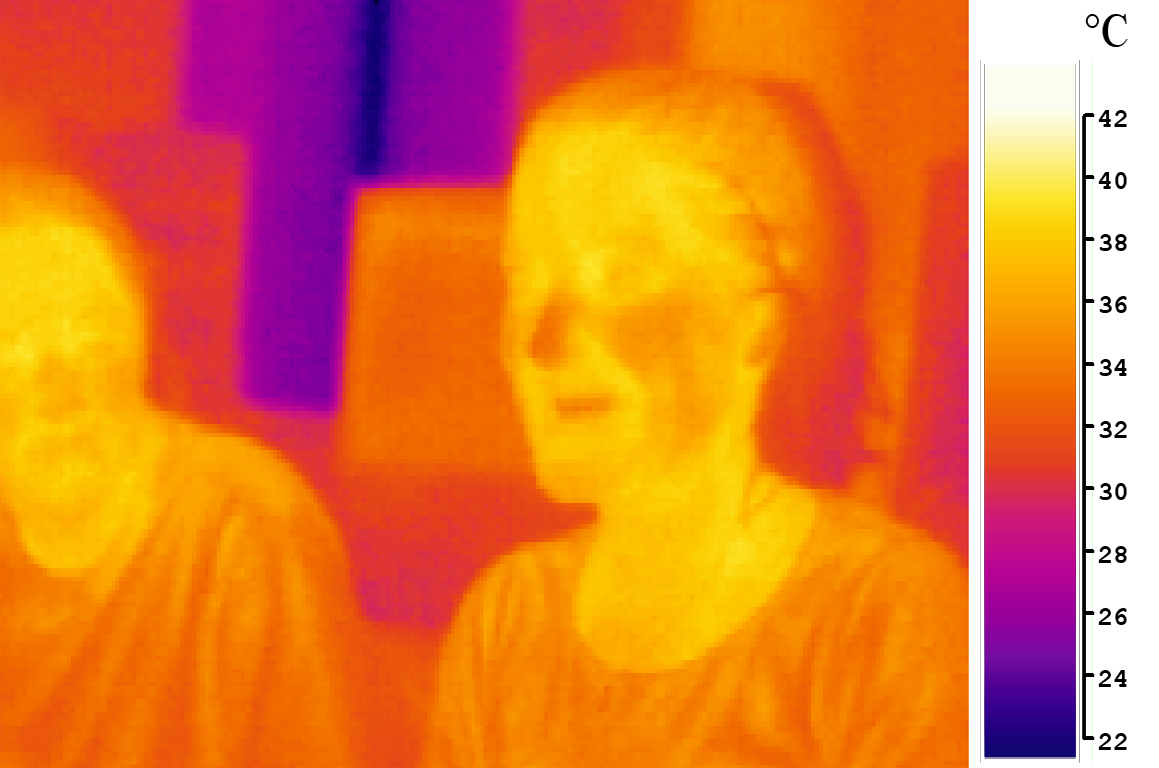IR waves
In physics, infrared or infrared radiation, or IR for short, is a part of the spectrum of electromagnetic waves whose wavelength is longer than visible light and shorter than radio waves. Infrared waves are in the frequency range of 300 GHz to 428 terahertz and the wavelength is 1 mm to 700 nm.
Infrared waves
Infrared waves are a type of electromagnetic waves that heat up an object after hitting it. These waves are a group of invisible rays of the sun. That's why we feel hot when we are in front of the sun. These waves have a longer wavelength than visible waves and a lower frequency than them. For this reason, it is located after visible waves in the diagram of the electromagnetic spectrum. These waves are placed in the diagram after the red color in the visible waves, which has the least refraction compared to other colors. That is why they are called infrared waves.
applications
In radiant heating
In radiant heating systems, infrared rays emitted from the surface of the converter are used to heat the environment. In this method, there is no need to blow hot air and heat is transmitted like light. Any object that gets hot emits thermoluminescent rays.
In remote devices
Many device remotes, such as televisions, etc., are made of infrared transmitters and receivers that send a pulse to the receiver by turning it off and on, and the receiver performs the requested command after processing the pulse.
on mobile phone
The ability to exchange information wirelessly by means of an invisible infrared ray (INFRARED):
You can use this feature to send information such as photos, videos or other items to other mobile phones or your computer. Of course, you should note that the speed of data transfer with infrared is very low and it is not suitable for transferring files in terms of time.
 Controller
Controller


